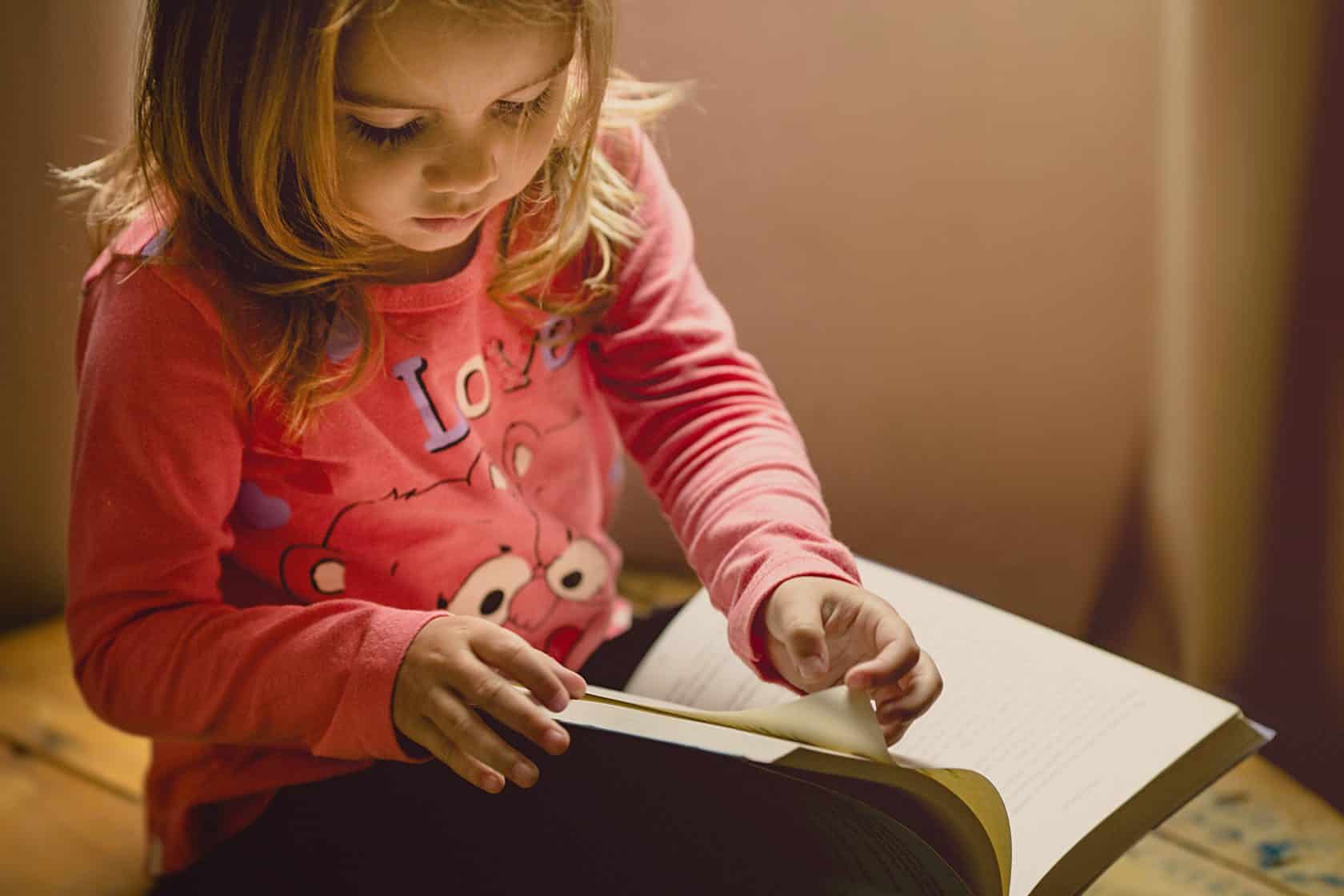Effective treatment is vital for managing Emotional Disturbance symptoms in children. Here are some strategies, along with hypothetical scenarios, to help your child:
- Therapy: Engage in talk therapy to develop coping strategies, like role-playing challenging situations at home.
- Medication: Consult a psychiatrist for potential anxiety medication, improving daily functioning.
- Routine and Structure: Use Goally’s visual schedule apps to establish consistent routines, reducing anxiety.
- Supportive Environment: Foster open communication, active listening, and validation at home and school.
- Self-Care and Emotional Regulation: Teach mindfulness exercises and self-care techniques, promoting emotional management.
With early intervention and support, children can make progress in managing emotions, developing healthier regulation, and leading fulfilling lives.













